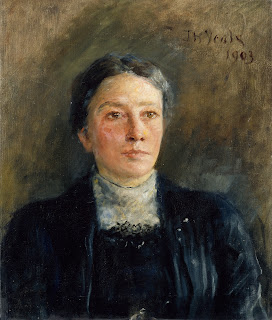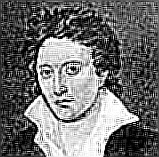Lady Augusta Gregory's "The Rising of the Moon" as an Irish Play of Patriotism

Patriotic Echoes: Unveiling Ireland's Spirit in Lady Augusta Gregory's "The Rising of the Moon" Authentic Irish Voices: Gregory's Realism Portrait of Lady Gregory, 1903 THE RISING OF THE MOON is a beautiful one-act little play, written in 1904 by Lady Augusta Gregory who is best known for irish theme and lifelike characterization. In fact, Her characters who are specialized in realistic depictions of their native land are not at all romanticized, but are very realistic--one of her great talents was being able to catch the vocabulary, speech mannerisms and rhythms of the Irish people, which she studied as she traveled throughout Ireland, seeking its rich oral tradition. In THE RISING OF THE MOON , one sees the deep conflict between the hearts of the Irish people, even those hired as policemen (who also longed secretly, in their heart of hearts, for freedom, as often as not), and their duty to maintain the status quo, with all the English gold and power and













